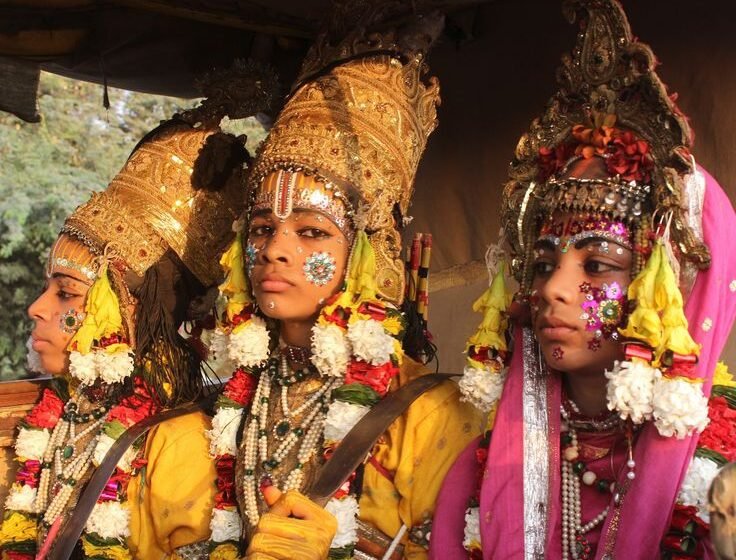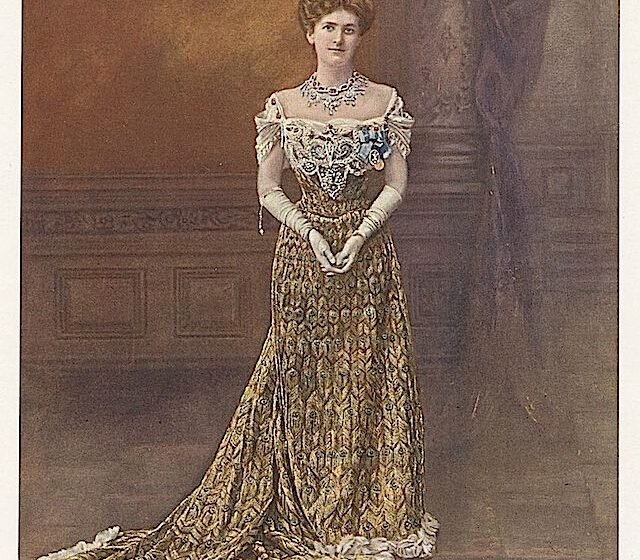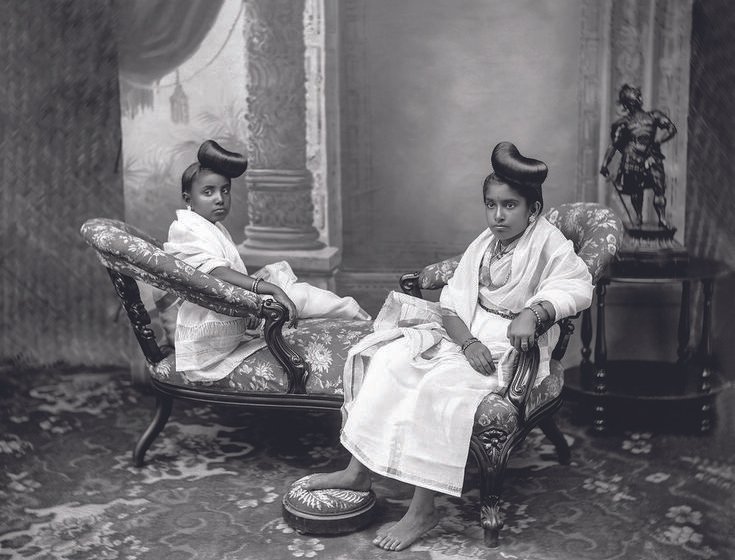Ramlila at Ramnagar, Varanasi: An Ever-Living Tradition of Love and
Every year, in the spiritual heart of India, the town of Ramnagar near Varanasi hosts one of the most unique cultural and spiritual spectacles in the world—the Ramlila. This centuries-old tradition brings the revered tale of the Ramayana to life with fervor and devotion, capturing the hearts of thousands who attend it each year. More […]Read More









